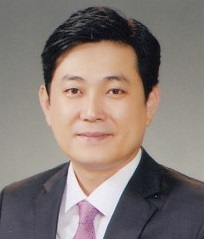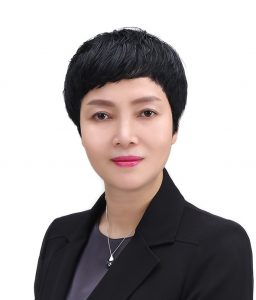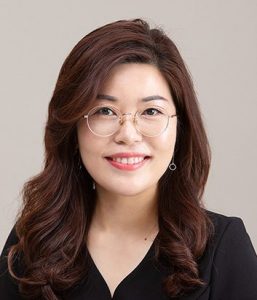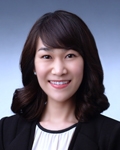The beauty industry, which started with the Historically, human desire to show their status visually and to be protected internally and externally has been, has developed day by day into a high-value-added industry through global growth.
There are several links between beauty art and human protection Beauty art is art related to human beauty, and protection means protecting and respecting human well-being and safety through the convergence of these relationships, beauty, and art are human Self-esteem. So the beauty arts are helping to protect human beings who respect social justice, equality, and diversity.
In addition, beauty art and human protection are interdependent concepts, and human growth and development can be promoted by pursuing and protecting beauty. This connectivity is contributing to enhancing overall human well-being, and health at the individual and societal levels.
Therefore, this journal is a purpose core value of human protection, it is the theoretical basis of a field that requires expertise and creativity in a more complex background, such as highly professional yet increasingly complex academic knowledge and rapidly changing technology, for the revitalization and academic development will contribute to of beauty art studies.
Detail with we recommend that potential authors review recent issues to determine whether their paper is appropriate to the journal.
Aims & Scope
Area 1 Consilience Human Protection
Area 2 Beauty & Healthcare
Area 3 Progressive Arts
Latest Articles
-
Purpose: As social distancing continues due to the pandemic, research results show that psychologically exhausted people are willing to increase consumption despite their perception of safety due to compensation psychology. Following research results showing that the safety of beauty must be ensured due to Covid-19, it is being argued that the beauty industry, which was greatly affected by the economic downturn, should be revitalized as Covid-19 enters a phase of calming down again. Therefore, there is a need to verify what factors influence customers who visited hair salons before Covid-19 to revisit the salon. The purpose of this study is to present a positive impact as a way to stimulate the intention to revisit hair salons. Method: The data of this study was an online survey targeting men and women who had experience of using hair salons. we aim to analyze the effect of Beauty Consumer Sentiment after Covid-19 and its sub-factors on Hair salon Revisit Intention. The data were statistically analyzed using SPSS 25.0, and first exploratory factor analysis was performed to analyze the validity of the measurement tool. Reliability was analyzed using Cronbach's alpha coefficient. Frequency analysis and descriptive statistical analysis were performed. Independent t-test, Pearson’s correlation analysis and regression analysis were performed. Results: Beauty Consumer Sentiment after Covid-19 had a significant positive effect on Hair salon Revisit Intention. Among the subfactors of Beauty Consumer Sentiment after Covid-19, Safety Expectations and Psychological Compensation did not have a significant positive influence on Hair Salon Revisit Intention. Among the sub-factors of Beauty Consumer Sentiment after Covid-19, service expectation had a significant positive effect on Hair salon revisit intention. Conclusion: As Beauty consumer sentiment improves, repeat visits increase. Among consumer psychology, it was found that service expectation had a positive influence. This can be said to be a similar result to how service quality affects repeat visits. The reason why safety expectations have not had an impact after Covid-19 is because safety is fully recognized, so safety cannot be seen as leading to repeat visits. It can be said to be a differentiated study in that it yielded different results from existing studies on safety and compensation psychology. In future research, we hope to overcome the limitations of this study and to achieve objective and clear research results by diversifying the study in more detail by region and age.Keyword:Beauty Consumer Sentiment, Consumer Psychology, Hair Salon Revisit, Covid-19, Service Expectation
-
Purpose: In modern society, with economic development and improvement of living standards, beauty is no longer solely aimed at physical appearance, but there is a lot of interest in scalp and hair care based on health. This study aims to investigate the influence of socio-cultural pressure and health beliefs on the perception of scalp and hair care. Method: In modern society, with economic development and improvement of living standards, beauty is no longer solely aimed at physical appearance, but there is a lot of interest in scalp and hair care based on health . This study aims to investigate the influence of socio-cultural pressure and health beliefs on the perception of scalp and hair care. Results: Pearson's correlation analysis was performed to determine the correlation between the variables. All the variables showed a significant positive correlation with each other. Next, multiple regression analysis was conducted to determine the effects of scalp and hair sociocultural pressure and health beliefs on perception and behavior of scalp and hair care, and it was found that sociocultural pressure from acquaintances, sociocultural pressure from media, intention to use, and maintenance had a significant positive effect on Perception and Be-havior of scalp and hair care. Maintenance (β=.403, p<.001), sociocultural pressure from acquaintances (β=.246, p<.001), sociocultural pressure from the media (β=.240, p<.001), and intention to use (β=.129, p<.05) were found to affect perception and behavior of scalp and hair care. Conclusion: In order to improve 'Perception and Behavior of Scalp and Hair Care', it can be interpreted that it is necessary to pay attention not only to scalp and hair health beliefs but also to socio-cultural pressures. It can be said that this study proves that idealized appearances in the media and relationships can influence not only behaviors such as dieting, but also individuals' perceptions and actual behaviors regarding scalp and hair.Keyword:Socio-Cultural Pressure, Health Belief, Perception, Behavior, Scalp and Hair Care
-
Purpose: In this study the impact of beauty shop workers’ Career Orientation on Transfer Motivation was analyzed with organization support as a moderating effect. Method: This study looked at previous studies on each variable based on domestic and foreign research papers and books, and analyzed a total of 310 valid questionnaires using beauty shop workers as the population. Statistical processing was performed using the statistical analysis package SPSS v.23. Frequency analysis was conducted to determine the demographic characteristics of the study subjects, and Cronbach's evaluation of internal consistency was conducted to determine the reliability of the questions on Career Orientation, Transfer Motivation, and organizational support. Reliability analysis was conducted using the Alpha coefficient. The comprehensive influence relationship forming the causal relationship between the variables presented in the research model was conducted through multiple regression analysis and controlled regression analysis. Results: The above analysis results are summarized as follows. First, the impact of Career Orientation on Transfer Motivation is that among the Career Orientation factors, Organizational Orientation (Organizational Orientation) and Professional Orientation (Professional Orientation) are It was found to have a positive (+) direction on Transfer Motivation. In other words, as Organizational Orientation and Professional Orientation among Career Orientation factors increase, Transfer Motivation also increases. Second, among Career Orientation factors, it was verified that Professional Orientation has the greatest influence on Transfer Motivation. Third, organizational support was found to moderate the effect of Career Orientation on Transfer Motivation. Among the Career Orientation factors, organizational support was adjusted to have a lower impact on Transfer Motivation the higher the Organizational Orientation, and the higher the Professional Orientation, the higher the Transfer Motivation. It was verified that the effect on (transition motivation) was adjusted to increase. Conclusion: This study provides basic data to improve the capabilities of employees through the organization's continuous support for organizational members and to facilitate human resource management so that they can directly contribute to organizational performance. As a result, the turnover rate of beauty shop workers can be reduced and individual capabilities can be strengthened. I hope that it can be put to good use.Keyword:Beauty Shop Worker, Career Orientation, Transfer Motivation, Organization Support, Effect
-
Purpose: Korean society is increasingly interested in expressing a beautifully maintained appearance rather than simply pursuing beauty. In addition, the development and sales of beauty products related to this are in-creasing as people are demanding to think about their inner health as well as their outer appearance. Therefore, this study focused on inner beauty products sold through network marketing and objectively examined how consumers evaluate their purchase satisfaction according to their choice attributes. Method: Participants in the study were participants who had purchased inner beauty products through net-work marketing, and 212 response sheets were used for the final analysis. Multiple regression analysis was conducted to verify the influence of network marketing selection attributes of inner beauty products on consumer purchase satisfaction, and the significance level according to statistical test was determined at p<.05. Results: Multiple regression analysis was conducted to examine the multidimensional influence of the factors of the choice attributes of the study participants on the sub-factors of the purchase satisfaction variables. The results of the study showed that the choice attributes that have a significant impact on consumer purchase satisfaction are internal choice attributes and ecological choice attributes, except for external choice attributes. Conclusion: Consumption choice attributes of modern people show various consumption behaviors depending on individual characteristics and perceived value. In this study, we examined how consumer purchase satisfaction is manifested according to the choice attributes of consumers participating in network marketing. Based on these results, it is expected that network marketing operators can use it as an objective data on the selection attributes and purchase satisfaction evaluation of inner beauty products so that they can have an independent attitude as business owners.Keyword:Inner Beauty Products, Network Marketing, Consumer, Purchase Satisfaction, Selection Attributes
-
Purpose: Recently, as the number of cases of side effects due to exposure to chemicals has increased, consumers' anxiety about chemicals has deepened, and interest in cosmetics using natural extracts that do not use chemical ingredients has increased. No-chemicals are being created and scientific research using natural extracts is expanding. Accordingly, Goji berry, which is a natural product handed down from the private sector and is rich in various functional ingredients such as carotinoids, choline, and zeatin, and is said to be excellent for anti-oxidation effects, was fermented and the active ingredients and effectiveness (in vitro) were investigated. Method: Goji berry, which has been found to contain large amounts of functional ingredients such as betaine and rutin, is extracted through double fermentation using EM (Effective Microorganisms) and malt to obtain total polyphenol content, flavonoid content, total sugar content, DPPH radical scavenging ability, and SOD. Effectiveness (in vitro) was examined through activity, catalase activity, hydrogen peroxide, and peroxidase verified. Results: As a result of the measurement, the sugar content increased when the EM (Effective Microorganisms) fermented product was enzymatically fermented after extracting Goji berry fruit with purified water. The difference depending on the enzyme fermentation temperature was also higher when the enzyme fermented at 60°C com-pared to immediately after fermentation. The sugar content increased by about two-fold. The total polyphenol and total flavonoid content decreased when the EM (Effective Microorganisms) fermentation product of the sealed pressurized hot water extract was enzymatically fermented at 60°C. Conclusion: The extract double-fermented from Goji berry fruit through EM (Effective Microorganisms) fermentation and malt enzyme fermentation has excellent antioxidant ability, suggesting the possibility of using Goji berry fruit and EM (Effective Microorganisms) fermentation as a natural antioxidant. I confirmed that it exists. In particular, it has antioxidant and antibacterial functions, and its feasibility as a natural raw material used in hair products was found.Keyword:Goji Berry, Effect Enzyme Fermentation, Hair, Antioxidant, Natural Extract
Publishing Schedule
| JAN | FEB | MAR | APR | MAY | JUN | JUL | AUG | SEP | OCT | NOV | DEC | |
|---|---|---|---|---|---|---|---|---|---|---|---|---|
| Submission | 2/30 | 8/30 | ||||||||||
| Editorial Review | 3/10 | 9/10 | ||||||||||
| Double Blind Peer Review | 3/30 | 9/30 | ||||||||||
| Review-Form Reflection Review | 4/10 | 10/10 | ||||||||||
| Accepted | 4/20 | 10/20 | ||||||||||
| Manuscript Editing Review | 4/30 | 10/30 | ||||||||||
| Scientific Proofreading | 5/30 | 11/30 | ||||||||||
| Open & Hybrid Review | 6/10 | 12/10 | ||||||||||
| Published | 6/30 | 12/30 |
♦ Issues Per Year: Semi-Annual
Organization / Board Members
Head of Editorial Organization / President
Jaebum Lee
Myongji University, KOR
[Curriculum Vitae]
General Vice President
Eunsook Kim
Seokyeong University, KOR
[Curriculum Vitae]
Vice President
| Chanhyung Lee Planning and Coordination | Myounji University, KOR |
| Miyoung Choi Public Relations | JEI University, KOR |
Editor in Chief
Jungsoon Choi
Yewon Arts University, KOR
[Curriculum Vitae]
Executive Editor
Kyungok Choi
Chungwoon University, KOR
[Curriculum Vitae]
Editor in Administrations
| Cheolwon Lee | Myounji University, KOR |
| Dogyeong Lee | Myounji University, KOR |
| Dong Liang | International Health Qigong Association, China |
| Dongho Lim | Dongbang Culture University, KOR |
| Eungyeol Na | Myounji University, KOR |
| Eunju Jang | Sunmoon University, KOR |
| Haengeun Kim | Yewon Arts University, KOR |
| Heejung We | Open Cyber University of Korea, KOR |
| Heonju Ha | Myounji University, KOR |
| Inseog Jo | Yewon Arts University, KOR |
| Irae Lee | Yewon Arts University, KOR |
| Jumyong Kim | Myounji University, KOR |
| Jungsick Min | Dongshin University, KOR |
| Lanhee Im | Dongbang Culture University, KOR |
| Laura Stoelers | University of Malaga, Spain |
| Minkyoung Shin | Yewon Arts University, KOR |
| Mira Heo | Dongshin University, KOR |
| Munkhtsetseg Luvsan | Yewon Arts University, KOR |
| Myeongnam Park | Dongbang Culture University, KOR |
| Sandip Kumar Mishra | Jawaharlal Nehru University, India |
| Shouyan Tang | Lingnan Normal University, China |
| Woonsil Ko | Sunmoon University, KOR |
| Xin-Xin Cai | Kwangju Women’s University, KOR |
| Yeonsu Byeon | Korea Health Qigong Association, KOR |
| Youlim Lee | Yewon Arts University, KOR |
History
| 2015 | ||
| JUN. 23 | National Tax Service of Republic of Korea (493-92-00207) | |
| DEC. 05 | Inaugural General Meeting | |
| 2016 | FEB. 05 | International Journal of Protection, Security & Investigation (ISSN 2423-8368) |
| JUN. 30 | First Journal Publication (Japan) | |
| OCT. 11 | Digital Object Identifier (DOI) Google Scholar |
|
| 2019 | ||
| APR. 23 | EBSCO | |
| APR. 30 | I2OR | |
| MAY. 07 | ProQuest Exribris |
|
| MAY. 15 | Infobase Index | |
| MAY. 31 | SIS | |
| 2020 | NOV. 02 | KCI (Korea Citation Index) |
| DEC. 30 | International Journal of Protection, Security & Investigation Title Alteration: Protection Convergence (ISSN 2436-1151) | |
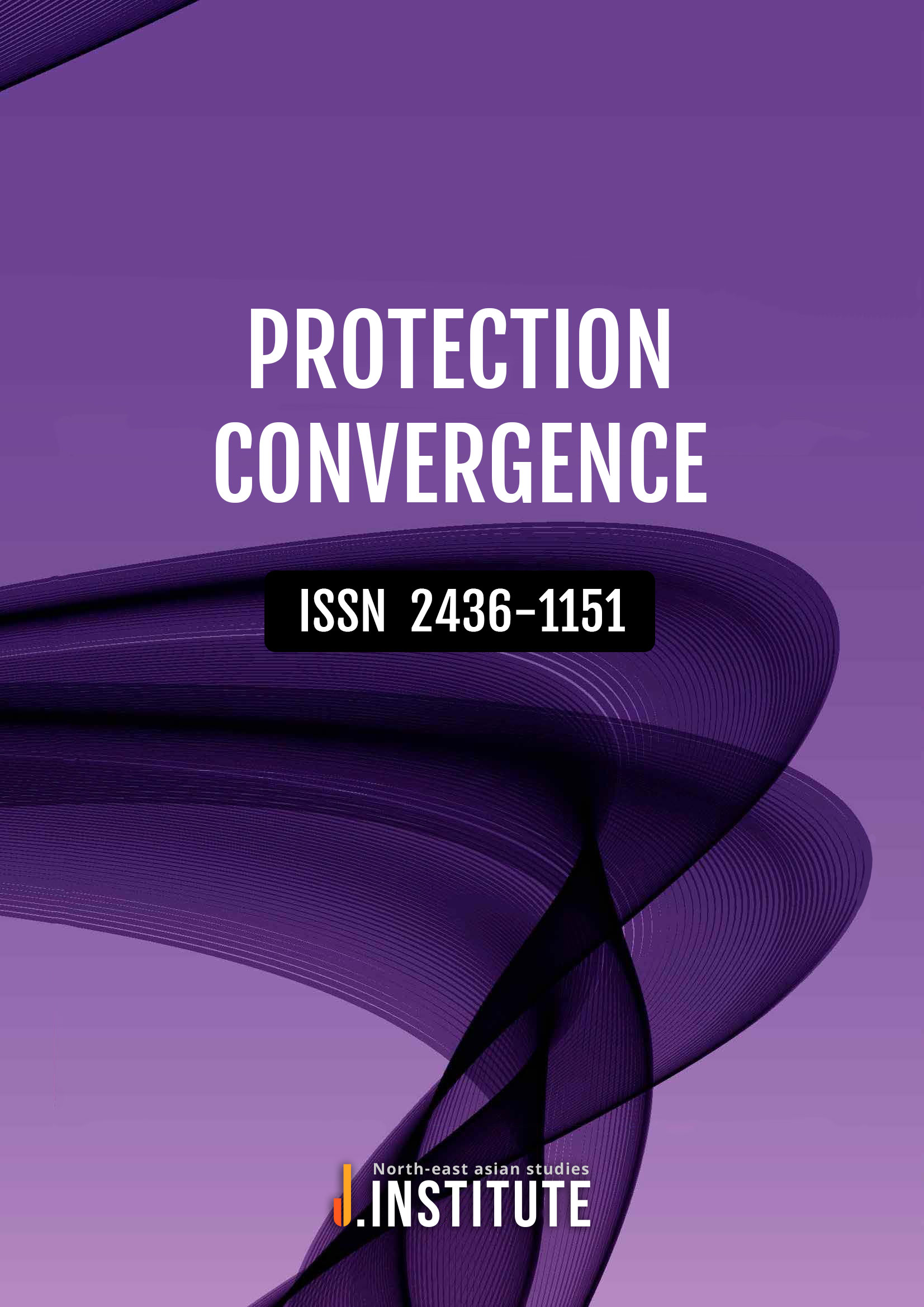
Paper Submit
- inquiry@j-institute.org

